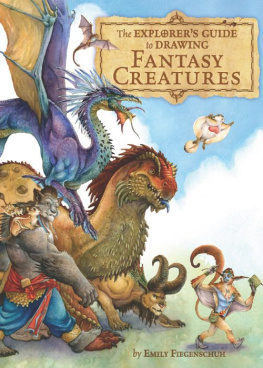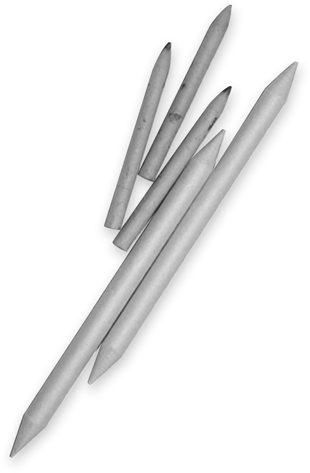Michael Dobrzycki - The Art of Drawing Dragons: Mythological Beasts and Fantasy Creatures
Here you can read online Michael Dobrzycki - The Art of Drawing Dragons: Mythological Beasts and Fantasy Creatures full text of the book (entire story) in english for free. Download pdf and epub, get meaning, cover and reviews about this ebook. year: 2007, publisher: Walter Foster Publishing, genre: Home and family. Description of the work, (preface) as well as reviews are available. Best literature library LitArk.com created for fans of good reading and offers a wide selection of genres:
Romance novel
Science fiction
Adventure
Detective
Science
History
Home and family
Prose
Art
Politics
Computer
Non-fiction
Religion
Business
Children
Humor
Choose a favorite category and find really read worthwhile books. Enjoy immersion in the world of imagination, feel the emotions of the characters or learn something new for yourself, make an fascinating discovery.

- Book:The Art of Drawing Dragons: Mythological Beasts and Fantasy Creatures
- Author:
- Publisher:Walter Foster Publishing
- Genre:
- Year:2007
- Rating:5 / 5
- Favourites:Add to favourites
- Your mark:
The Art of Drawing Dragons: Mythological Beasts and Fantasy Creatures: summary, description and annotation
We offer to read an annotation, description, summary or preface (depends on what the author of the book "The Art of Drawing Dragons: Mythological Beasts and Fantasy Creatures" wrote himself). If you haven't found the necessary information about the book — write in the comments, we will try to find it.
Easy-to-follow instructions for drawing a variety of creatures, from an Eastern dragon to a hairy troll
The ever-increasing popularity of mythological and fantasy creatures in film, graphic novels, and television creates high demand for instruction books on drawing these fantastic beasts. In this newest addition to our Collectors series, aspiring artists will find 144 pages of clear, step-by-step instructions for drawing everything from fire-breathing dragons to seven-headed monsters and magical fairies. Information on the origin and history of mythological creatures gives this book an extra-special appeal. The authors helpful tips on shading and drawing techniques show readers everything they need to know to create their own impressive beasts.
Although there are fantasy-themed drawing books on the market, this book is unique because it features a wide range of fantasy subjects rather than focusing on only one type of creature (such as dragons or fairies). It also sets itself apart from similar books with its helpful information on combining graphite pencil with other media, such as charcoal and black watercolor paint or ink. In addition, this extraordinary book features dragons and other mythological creatures from around the world, including those originating in Egyptian, Irish, Norse, and Greek mythology-whereas most other fantasy books include generic, non-regional subjects.
Michael Dobrzycki: author's other books
Who wrote The Art of Drawing Dragons: Mythological Beasts and Fantasy Creatures? Find out the surname, the name of the author of the book and a list of all author's works by series.













